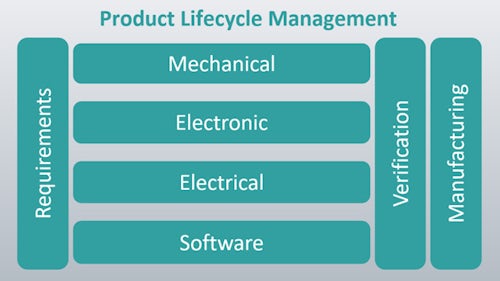Thermal transient testing is commonly used in the electronics industry to assess how efficiently a component or system can dissipate heat, determine its thermal resistance, and identify potential thermal issues or weaknesses. It is applied in various industries to assess the performance of thermal management systems in applications like power electronics, automotive components, and LED lighting.
The use of structure functions allows for greater interpretation of thermal transient measurement results and provides detailed thermal information of each layer the heat passes through. This method enables engineers to identify die-attach failures in a single or multi-die package, to conduct thermal reliability tests for an LED package, and even evaluate thermal performance at system level.
The integration of thermal characterization with simulation offers numerous advantages, ranging from improved design and performance optimization to cost savings and early problem identification.
Read this white paper to learn how structure functions are used to analyze what is happening thermally inside a complex electronic system. This approach is essential in various industries where precise thermal management is critical for product success and functionality.



